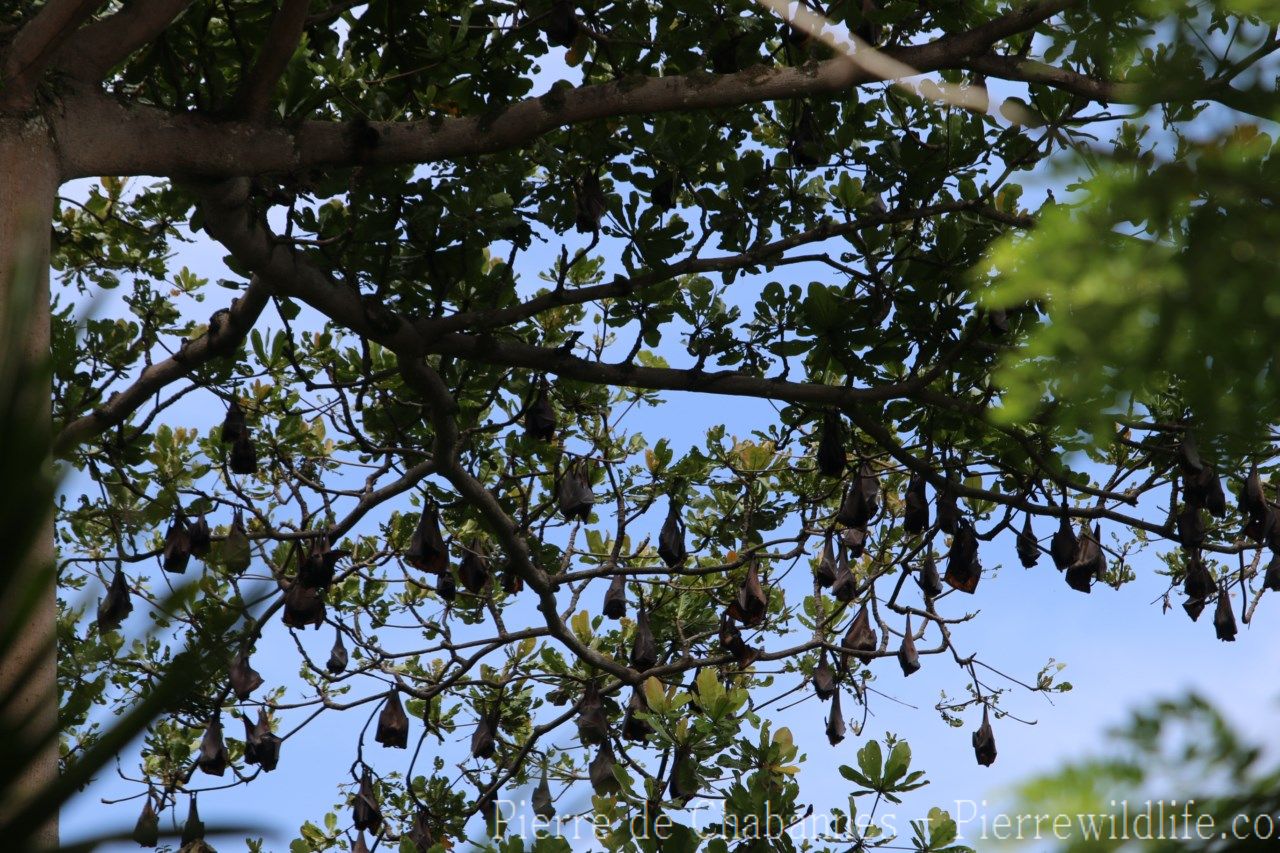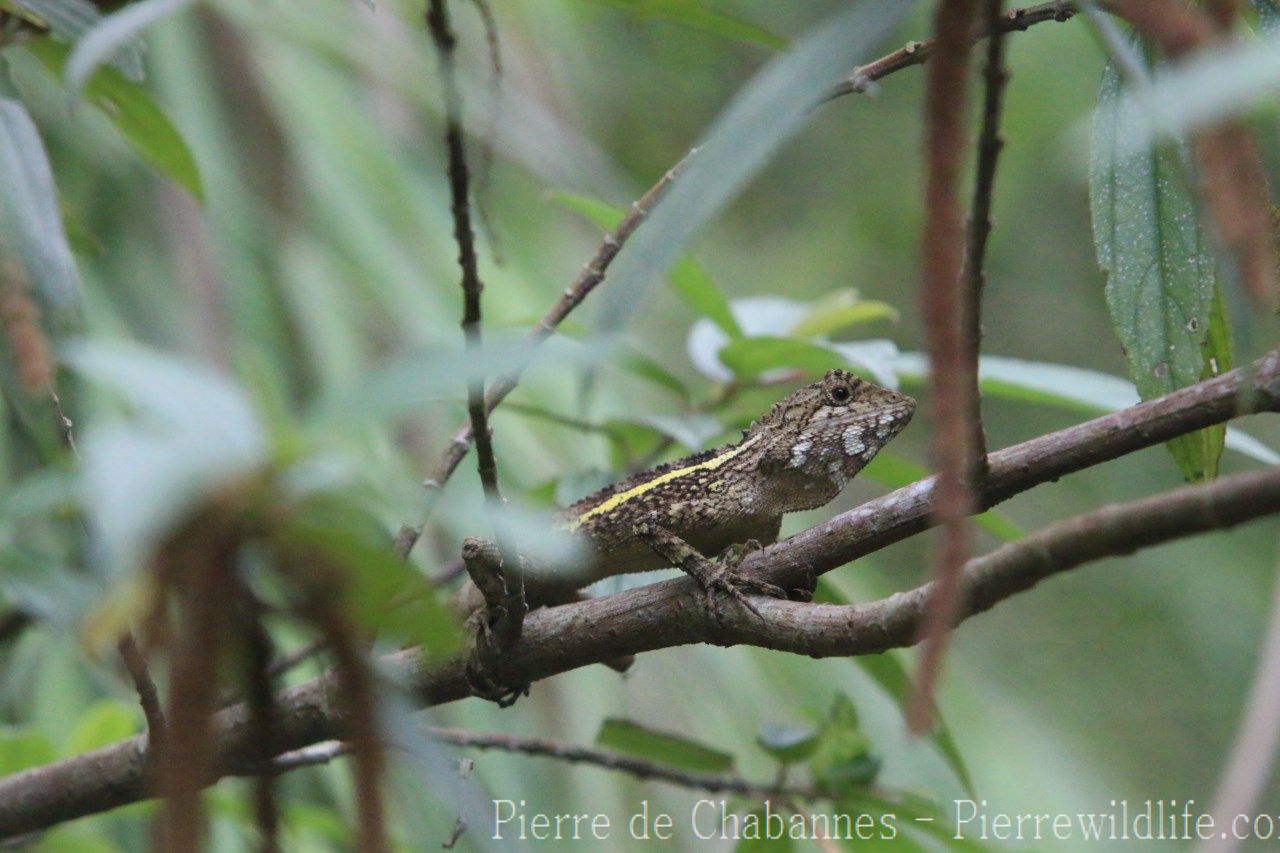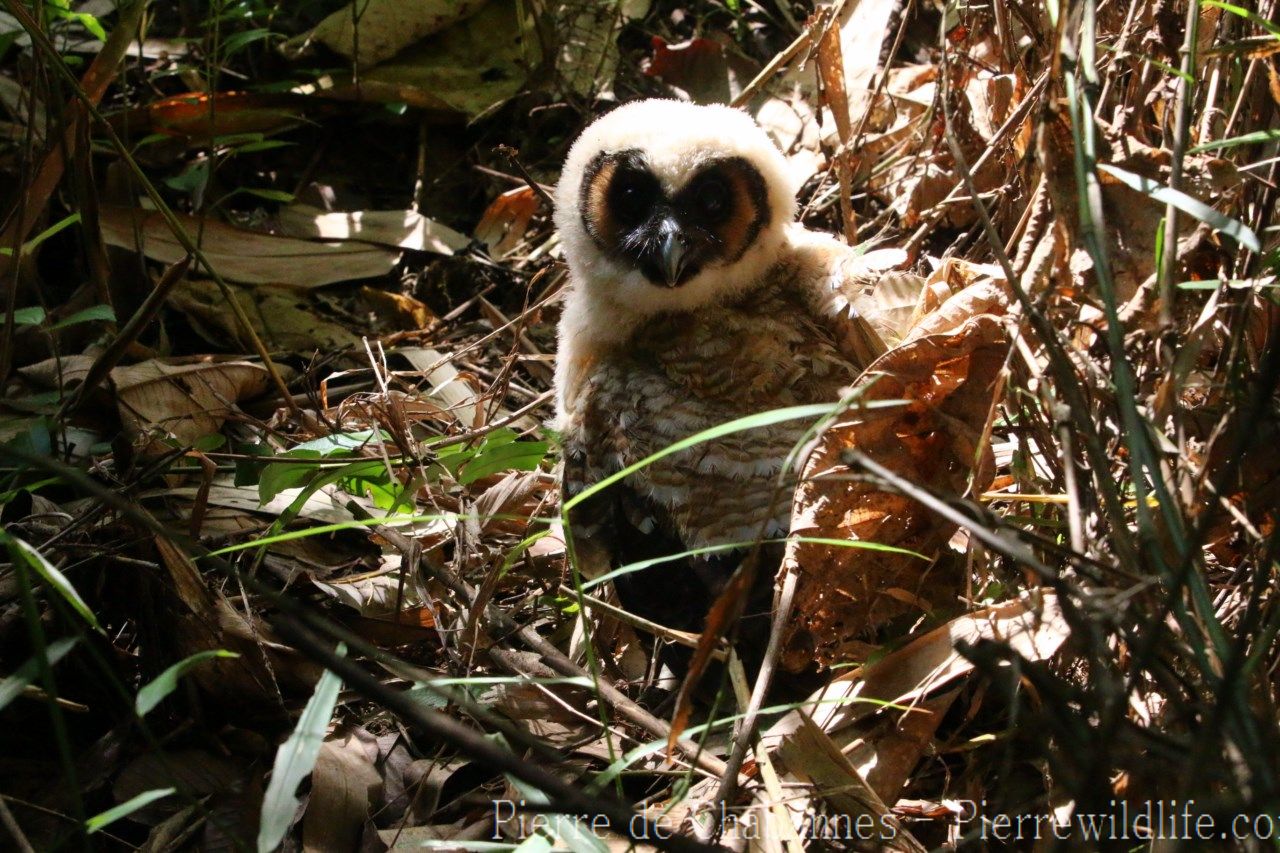Patrons Only photo gallery by Pierre Wildlife
A great welcome and my heartfelt Thank You to all of you who have pledged to the insider tier “Catopuma temminckii” and above !
Here, you will find a monthly selection of photographies that has been put together by me, for you ! These photos are special for several reasons :
1/ They are unposted yet and might or might not be posted for the public later
2/ Some of them are brand new from my most recent shootings which are not yet online
3/ Some of them are taken in private places and other collections whose owner(s) don’t want to be mentioned publically. In that precise case, the name of the place will remain secret and a public gallery will never be made.
4/ They are in bigger resolution than any photos available on the website’s main photo gallery and in the species pages.
5/ All of these photos are selected for a reason. The captions will allow you to discover what makes these photos special for Pierre Wildlife !
Each month, a new selection of photos will be available. They will remain online for the full duration of the month before being replaced.
Enjoy them and again, thank you for your support !
—————————————————————-
Golden-capped fruit bat (Acerodon jubatus)
For this month, I am going to share with you some pictures that have never been posted online on my website so far and this month’s theme will be about wild animals in their habitat. The good things about big bats is that they are usually quite easy to spot, roosting in the open and more or less always noisy. The bad thing is that they usually roost in the crown of big trees. This is perfectly illustrated here with a big group of Golden-capped fruit bats found roosting in a huge tree on the grounds of the Philippine Eagle Center in Mindanao. This bat is endemic to Philippines and endangered by habitat loss and hunting throughout its range.
—————————————————————-
Thick-billed spiderhunter (Arachnothera crassirostris)
Spiderhunters, just like their nearest cousins, the sunbirds, can be reliably found around flowery shrubs, feeding on flower nectar and sometimes insects and small spiders. Once a suitable bush is identified, all we have to do is wait for the little birds to come. The only tricky thing, in most cases, is to avoid scaring them. Luckily, in some place such as Sepilok Rainforest Discovery Center, the birds are often used to human presence and become reasonably tame. This spiderhunter is spotted on a daily basis in a big flowery bush just by the restaurant. This photo was snapped without leaving my lunch table !
—————————————————————-
Borneo black-banded squirrel (Callosciurus orestes)
The Kinabalu Park is a must visit to anyone coming to Borneo and wanting to spot wildlife. The large tracts of pristine montane forests are bursting with life and all it takes is a little patience to start spotting impressive numbers of endemic creatures. Just by staying on the main road can actually be rewarding when taking the time to walk slowly. From the climber’s gate, it is never a bad idea to walk down the road and stop regularly to scan the surrounding areas and, often, creatures such as this endemic Bornean black-banded squirrel (Callosciurus orestes) will show up !
—————————————————————-
White-throated babbler (Chatarrhaea gularis)
Sometimes, the best place to spot an endemic bird is right in the middle of a busy city, in the local zoo. Yadanabon Zoo, in the city of Mandalay, is a very peaceful area where the trees are left intact, providing shelter for a fairly big number of wild animals that are, otherwise, very tricky to observe. Amongst them was my first “country endemic”, pictured above. This bird can also be seen in Naypyidaw Zoo’s dry forests but the best place by far is Mandalay Zoo where the bird can be seen feeding on garbage left on the ground every morning.
—————————————————————-
Golden-bellied gerygone (Gerygone sulphurea simplex)
The Golden-bellied gerygone is a common sight to people who are used to birding in Asian mangroves… if you ever manage to spot them. These little critters are very fast and small. Your best bet is usually to look close to the mangrove floor and follow the distinctive song until you manage to find it… Then good luck to snap a sharp picture ! This little fellow was nice enough to remain in the same position long enough to take a couple of decent pictures. The location is Bakhawan Eco Park, a very nice mangrove area located on the north tip of Panay Island, in the Philippines.
—————————————————————-
Sablayan penal colony
What would wildlife be without suitable habitat ? We all know that forests are getting cleared at an alarming rate around the world and finding protected rainforest in lowland areas is now really difficult. On Mindoro Island, Philippines, the very last intact tract of lowland forest occurs within the grounds of a particular type of prison that I only found in Philippines, a penal colony. Here, some inmates walk around freely, learning to work in farms and, for some of them, guiding people around to find wildlife. This is one of my favorite views of the amazing lake and preserved rainforest in the penal colony. This is one of the most reliable places to see Mindoro tarictic hornbills.
—————————————————————-
Taiwan japalure (Diploderma swinhonis)
Taiwan is another great island with lots of endemic species to be seen, if you know where to look. There is close to no habitat left in the lowlands so montane areas are the good places to go. For those of you who want to get acquainted with local wildlife easily, there is a bird park called Fonghuanggu bird and ecology park, located about an hour drive away from Taichung. The park lies within a nice forested area where lots of endemic animals (from butterflies to birds and even mammals) can be spotted with ease. The Taiwan japalure is one of the most conspicuous inhabitants, often being seen just above or by the side of the main pathways.
—————————————————————-
Bornean whistler (Pachycephala hypoxantha hypoxantha)
Spotting birds in a tropical rainforest can be a very difficult and frustrating task. There are two main kinds of species, the sedentary ones that can reliably seen more or less around the same area year round and the more nomadic ones that usually travel in bird flocks. This whistler is more of the sedentary kind, at least from what I could see so finding him is really a matter of knowing in which area to be cautious. Luckily, the species does whistle and is quite active. This one surprised me while I was walking on the trails of Kinabalu Park, perching about 1 meter above my head and just staring at me for a long time.
—————————————————————-
Acheron swallowtail (Papilio acheron)
South-East Asia has a mindblowing diversity of butterflies and Borneo has a particularly high degree of endemism but spotting wild butterflies in Borneo isn’t always easy as most species are found in the forest canopy or away from populated areas. The Acheron butterfly is one of them, being only found in submontane and montane forests. Finding this one is a rare treat so when it comes at you, be prepared because you likely won’t get another chance soon ! This time, I was prepared !
—————————————————————-
Brown wood-owl (Strix leptogrammica maingayi)
Wildlife spotting is a matter of skills and timing… careful preparation and good attitude are also important factors but… luck also plays a part ! This day, while walking with two great friends of mine near Kuala Lumpur, in a beautiful bamboo forest, we happened to be VERY lucky ! So far (and besides this amazing chick), our bird list remained empty and we saw about 2-3 other species that were photographable. This brown wood-owl chick will soon be flying on its own and is already well grown but, when we saw it, it had just fallen from its nest and was on the ground, clapping its bill at anyone who would come too close. Later, when we came back, the chick was already gone.
—————————————————————-










